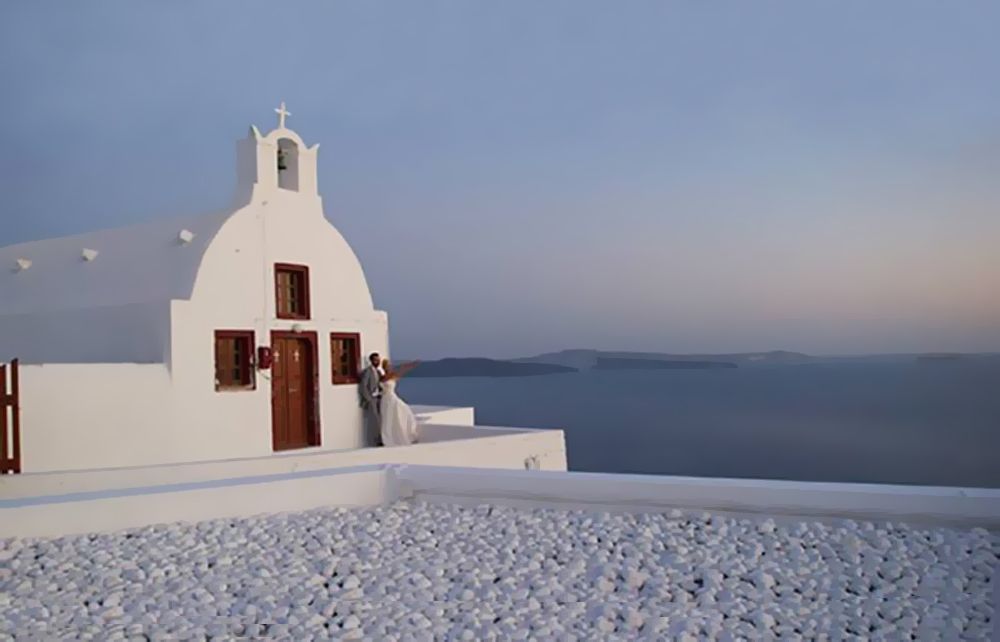On the south side of Santorini, there is the well-known prehistoric settlement of Akrotiri, one of the major archaeological sites in Greece. It is one of the most important settlements of the Aegean and from the findings of its excavations it has become known that the area of Akrotiri was inhabited during the Late Neolithic period (around 4500 BC) and in the 18th century BC it evolved into a city. In the early 17th century BC it was leveled by an earthquake, but was rebuilt on its ruins and flourished during the Late Cycladic period.
Its position offered safe anchorage, since it was protected from the northern winds, while its terrain favored the development of agricultural activities. It is speculated that it was the island’s capital, but it hasn’t been confirmed yet. The settlement is estimated that was extended at about 200 acres, 14 acres of which have already been excavated and had around 30,000 inhabitants.
The settlement’s organisation is impressive, as the architecture of its buildings was dense and had high-rise buildings with rich frescoes, organised warehouses, industrial areas, excellent urban organization with streets and squares and had a fully developed drainage system, which went under the pavement and linked directly to houses. The excavations even brought to light shops, which are very similar to the ones of today. The building materials used were stones, clay, mud bricks reinforced with straw, wood, plaster inside and out. The large number of frescoes with which many areas of the buildings were decorated, normally the upper floors, suggest a sophisticated and refined urban society, which was dressed with luxury, elegance, and striking colorfulness.
Earthquakes and eruptions that followed the years later on marked the end of the settlement. The island of Santorini was round before the eruption of the volcano and in its middle there was a smaller island. After the explosion, the morphology of the island changed radically, since it was largely covered by volcanic materials. That was when the prehistoric settlement at Akrotiri was also buried. Akrotiri started to be excavated systematically in 1967 by the famous Greek archaeologist and academic Spiros Marinatos and his team. After his death in 1974, the excavations were undertaken by the professor Mr. Christos Ntoumas.
Millions of tourists from all around the world visit the prehistoric settlement of Akrotiri every year.
For further information you can call at the number below:
Archaeological Site of Akrotiri: +30 22860 81939




